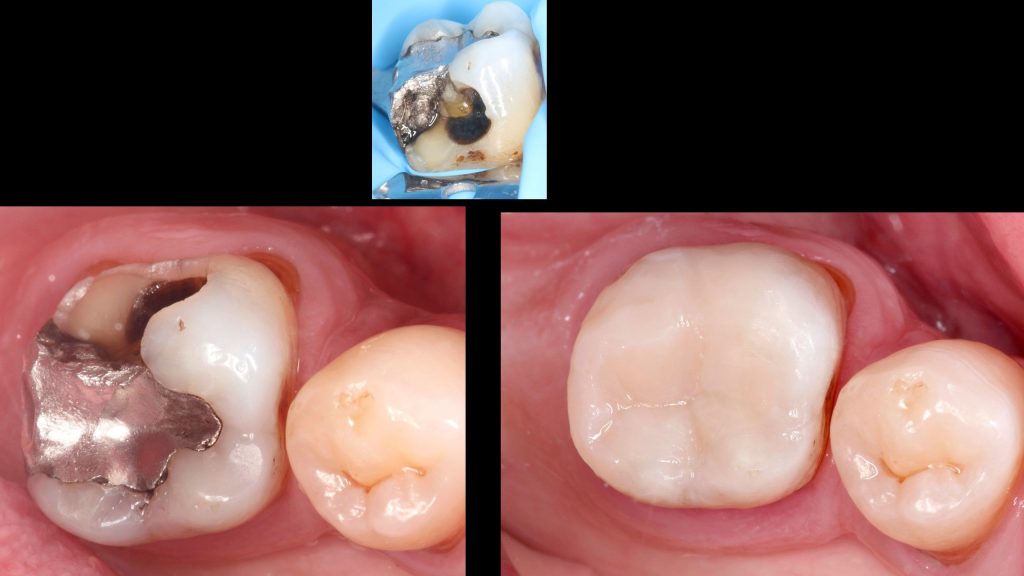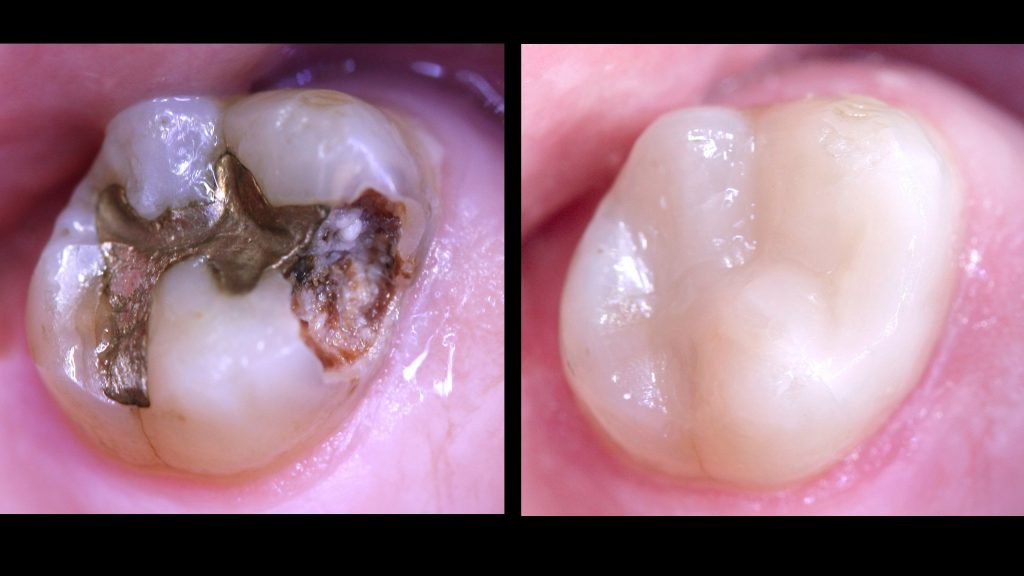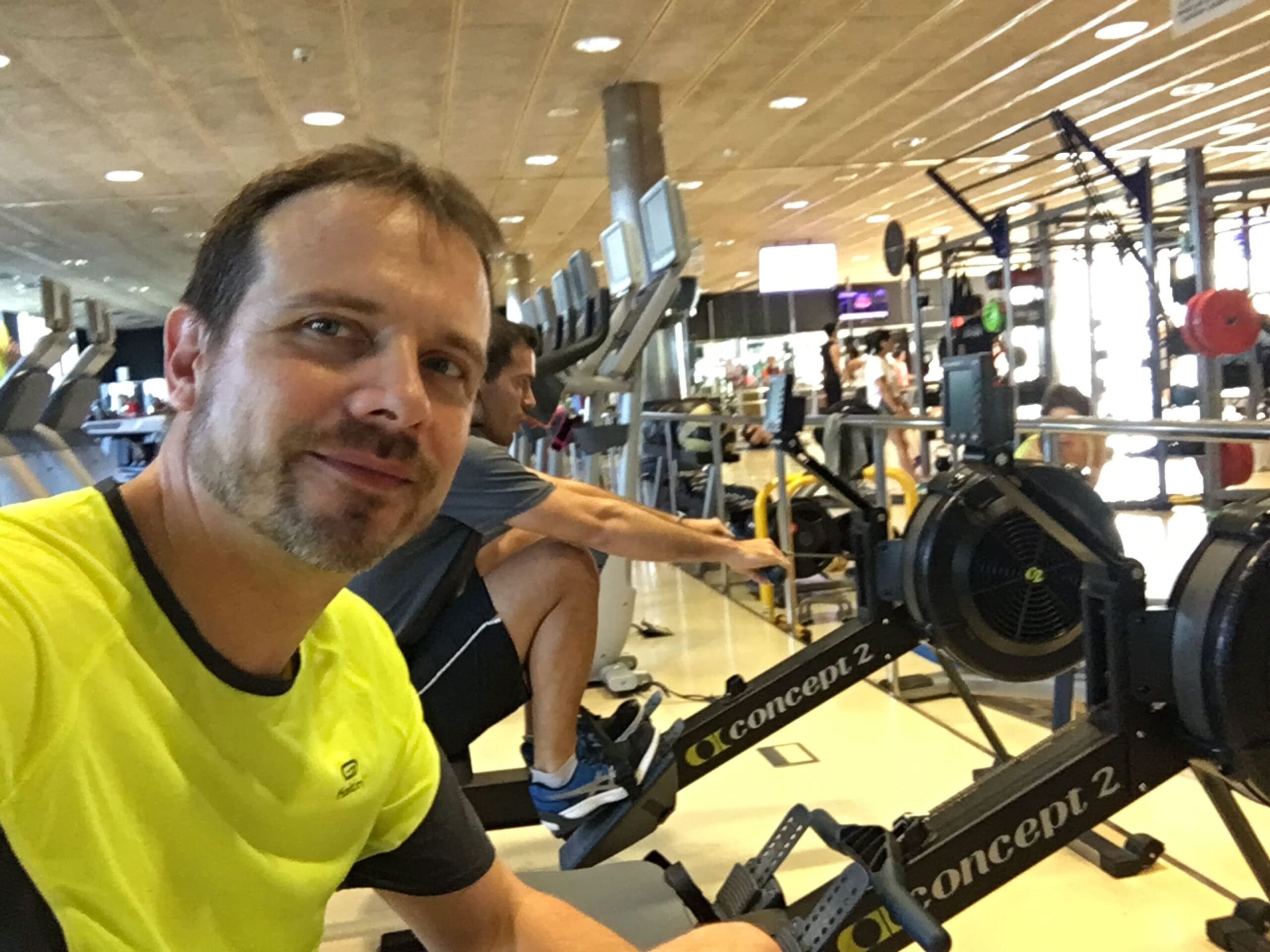Amalgam removal
Do you have old metal fillings and would like to change them?
Let us explain you how to do it safely
about:blankClick to accept marketing cookies and enable this content
The old metal amalgam fillings were restorations that used to last for many years thanks to the effect that the products of metal corrosion are toxic to bacteria. However, they are composed of an alloy of different metals coupled with mercury.
Its main drawbacks, apart from its unsightly appearance, are that they do not adhere to the tooth (thus leaving it weak), and that its coefficient of thermal expansion is very different from that of the natural tooth. In other words, every time a person with metallic fillings takes a cold or hot meal, the contraction and dilation that the amalgam suffers is very different from that of the tooth. That is why, over the years, small fractures and cracks in the teeth are usually generated.
Replacing them with new composite or ceramic materials can be a good idea. This esthetic fillings are strongly bonded to the surface of the teeth (that is, they strengthen, seal and protect it). They also have a coefficient of thermal expansion much more similar to that of natural teeth. And of course, its aesthetic appearance is extraordinary and looks really natural. However, if we are going to remove the old metal fillings, it is recommended to do it safely, to avoid that during the process the patient can be exposed excessively to the remains of mercury and other heavy metals. That is why we suggest following the following protection measures:
- Taking supplements, chelators and vitamins before and after the intervention
- Removal of the amalgams under the isolation of a rubber dam (which prevents the patient from swallowing or breathing any remaining amalgam)
- Special amalgam filters in the dental equipment aspirators
- High-powered surgical aspirator next to the tooth during treatment (which removes mercury vapors that may be generated)
- Eye protection for patients and professionals
- Nasal protection of the patient and application of oxygen in some cases

Before
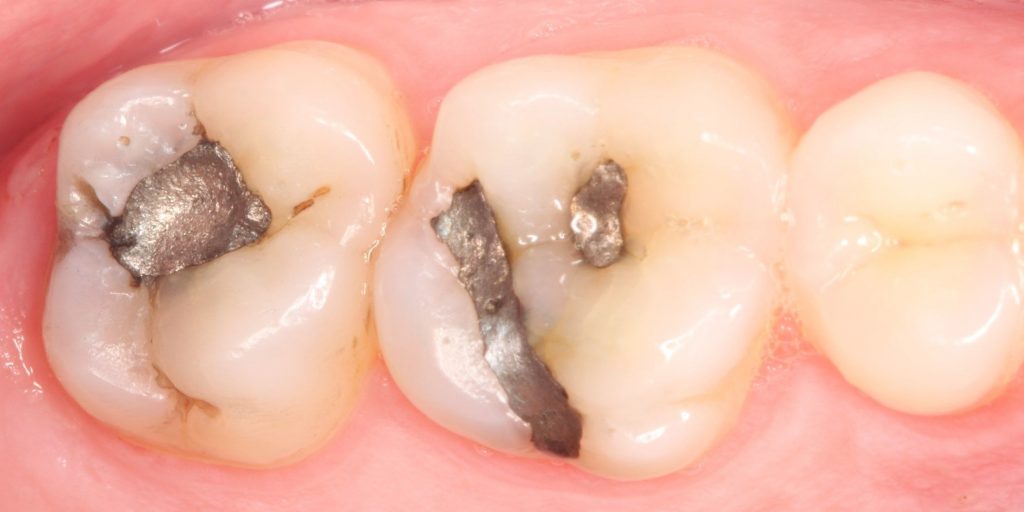

After
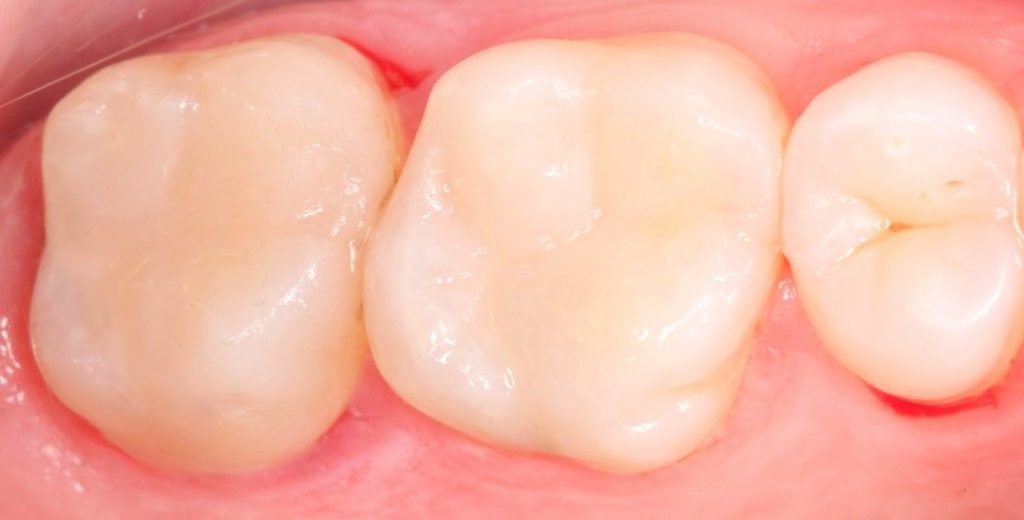

Before
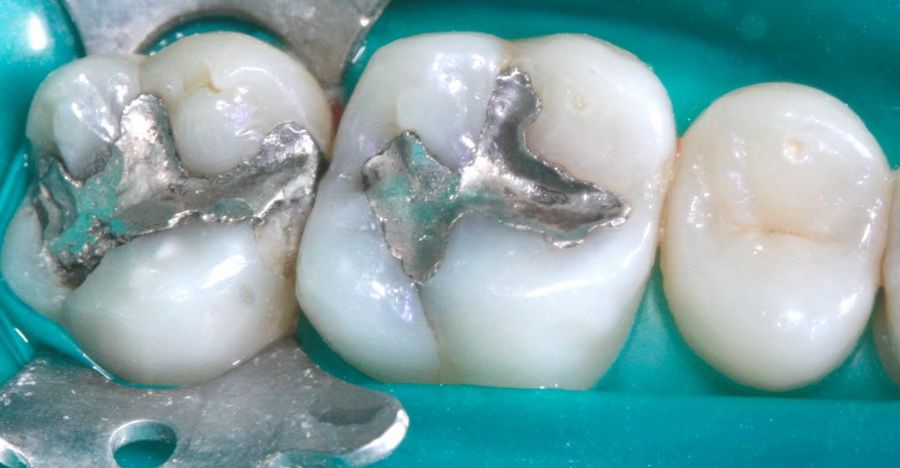

After

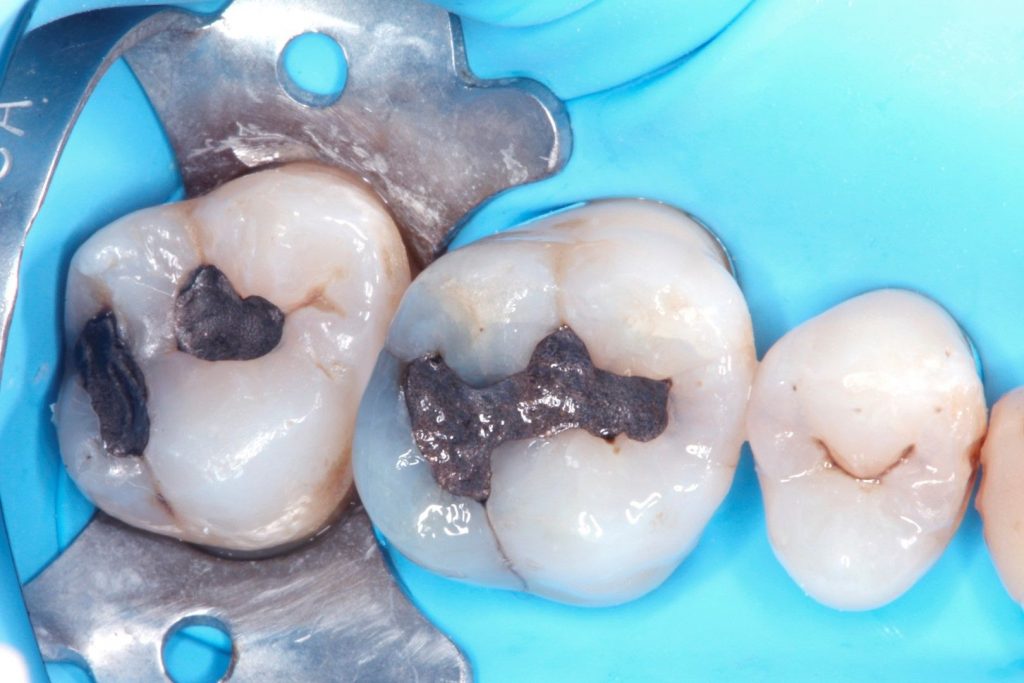
Before
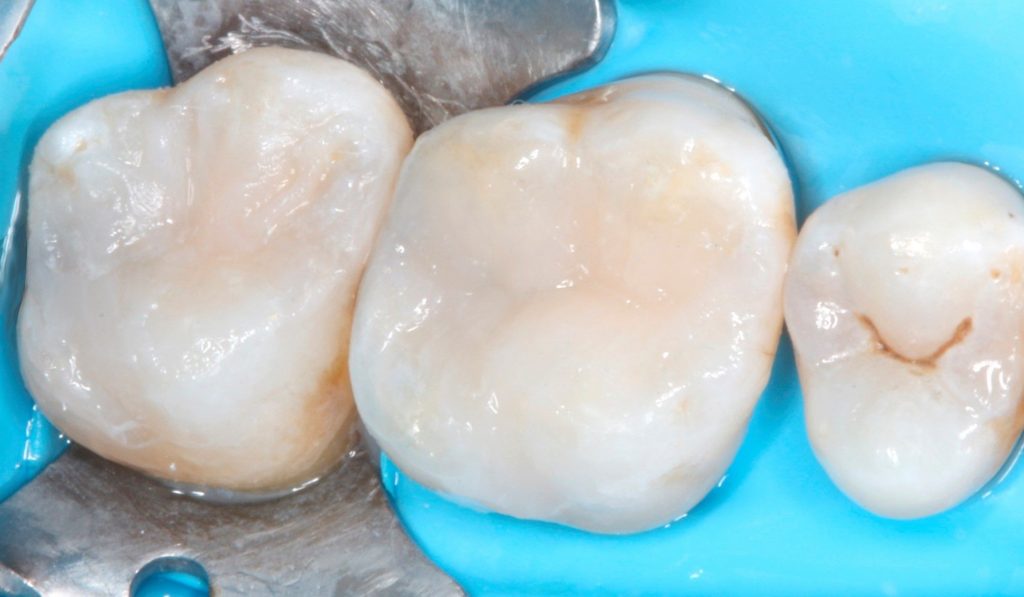
After
